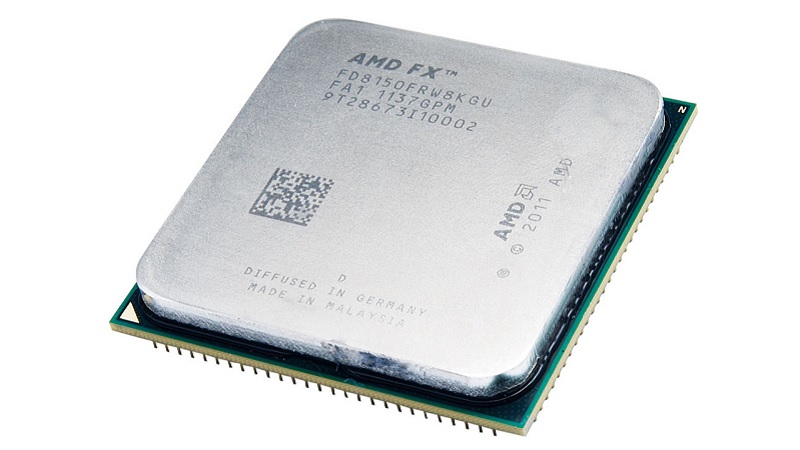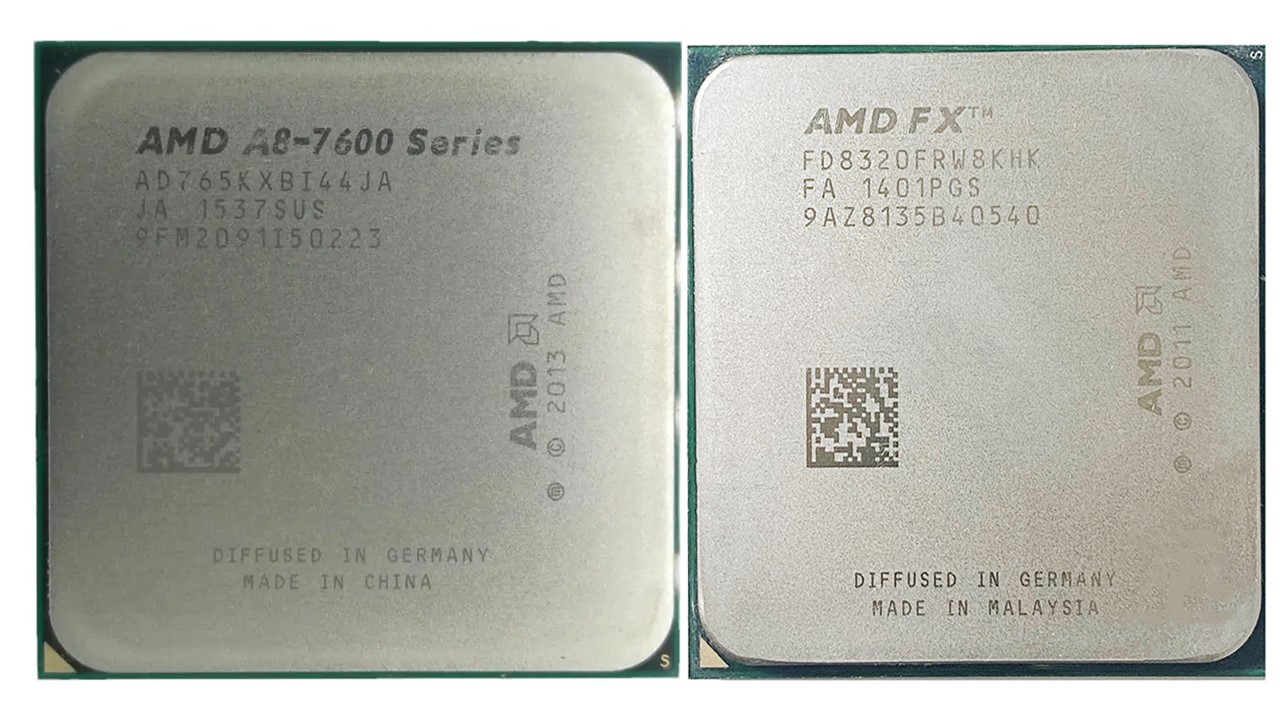In This Article
What is Piledriver Processor?
AMD Piledriver signifies the second generation of processors that come in a module design and are built on the 32 nanometer fabrication process and Silicon on Insulator or SOI technology.
This Family 15h processor line is technically designed on a variety of socket types such as Socket AM3+, FS1, FP2, and FM2 and is available in different variants and models, targeted for the desktop as well as the mobile and server computers.
KEY TAKEAWAYS
- The Piledriver CPUs are built on a 32 nanometer manufacturing process and Silicon on Insulator technology.
- These processors are the successors to Bulldozer and predecessors of the Steamroller Family 15h processors.
- The Piledriver processors are the improved SOI chips with a better design of the Bulldozer microarchitecture to offer a better and higher performance.
- Typically, the Piledriver processors come with a module design which allows improved FPU or integer scheduling, branch prediction and power efficiency.
- These specific CPUs are designed to be used in the desktop computers, mobile devices, as well as in the server computers.
Understanding Piledriver Processor

The Piledriver processors are developed by AMD on SOI technology and a 32 nm fabrication process.
The microarchitecture used to build these processors is also used by other lines of processors and Accelerated Processing Units or APUs such as:
- AMD FX
- Fusion
- Opteron
The Piledriver processors are designed to target specific market segments such as:
- Desktop computers
- Mobile devices
- Servers
These CPUs are the predecessors of the Steamroller processors and the successors to the Bulldozer 15h family of processors, and they come with some incremental changes in the CPU design.
For example, in spite of the fact that the Piledriver architecture uses the same module design, the significant improvements made include the following:
- Better branch prediction
- Improved Floating Point Unit or integer scheduling
- Hard-edge flip-flops switching for improved power consumption
Due to these changes in the architecture of the Piledriver processors, there is a significant change in the clock speed of about 8 to 10%.
It also helps in increasing the performance of the CPU by about 15% in comparison to those with the same characteristics.

Design Features
Some other design features of the Piledriver processors and the improvements made to them over the original microarchitecture of Bulldozer that help in improving their performance are as follows:
- The cores of the processors operate at a much higher clock rate.
- The processor is capable of offering bunched multi-threaded performance.
- The instructions per clock or cycle are a lot more improved.
- The CPUs can operate at quite lower power consumption.
- The processors can maintain a much lower temperature during operation.
- Turbo Core 3.0 support is offered by the processors which further enhances the speed of the cores.
- There is a fixed hardware divider incorporated in the processor design.
- The Integrated Memory Controller (IMC) is much faster.
- The processor offers much improved prefetching.
- The processors follow the AMD64 (x86-64) instruction set and offer Advanced Vector Extensions (AVX) support.
- The CPUs come with a perceptron branch predictor.
- The L1 Translation Lookaside Buffer (TLB) of the processors is much bigger.
- The efficiency of the Level 2 cache is much more improved.
- The processors support Cyclos Resonant Clock Mesh (RCM) technology.
- Thermal Design Power (TDP) of the processors ranges between 17 watts and 220 watts.
Timeline
Different models and variants of these processors and Piledriver-based products were released by AMD at different points in time as follows:
- The processors were designed by AMD or Advanced Micro Devices Inc., and were first released on May 15, 2012.
- The Piledriver-based CPUs of the FX series and Opteron server processors were released in late October 2012 and early December 2012, respectively.
- The later versions of the Enhanced Bulldozer second generation processors were released late in 2012 and were codenamed Piledriver.
- Two more FX-series 8 Piledriver core processors were also released on June 11, 2013, namely the FX-9370 and FX-9590, with an operating frequency of 4.7 GHz and 5 GHz respectively.
In fact, it is with the release of these FX-series 8 Piledriver core processors that AMD became the first company to release a 5 GHz processor, commercially, ever.
Different versions of the APU models were also released by AMD on October 2, 2012, which include:
- A10-5800K
- A10-5700
- A8-5600K
- A8-5500
- A6-5400K
- A4-5300
In addition to that, they also officially launched another extra series of the Accelerated Processing Unit, codenamed Richland, in January 2013.
This series featured as many as six new models, initially, out of which the fastest model, the A10-6800K, had two Piledriver modules in it.
These two modules operated at 4.1 GHz and 4.4 GHz, respectively, in Turbo mode. It also had an HD 8670D Graphics Processing Unit integrated into it, with as many as 384 stream processors that operated at 844 MHz.
Socket Types
These processor chips are designed by using a variety of socket types such as:
- Socket AM3+
- Socket FS1
- Socket FP2 (μBGA-827)
- Socket FM2
Models and Variants
The Piledriver processors come in different models, variants, and core names such as:
- AMD FX
- AMD APU
- Opteron
Ideally, as for the APU lines, the Trinity A-series APU designed for the budget desktop and mainstream market on the Virgo platform or the Star core-based Llano Socket FM1 Fusion APU line was replaced by the 2 and 4 Piledriver core Socket FM2 Trinity Fusion APUs.
Conclusion
The Piledriver processors are available in different variants, socket types and design features that help them to offer a reasonably high performance.
The clock speed and performance of these processors are much improved over their predecessor Bulldozer, due to the enhancements made in the microarchitecture.